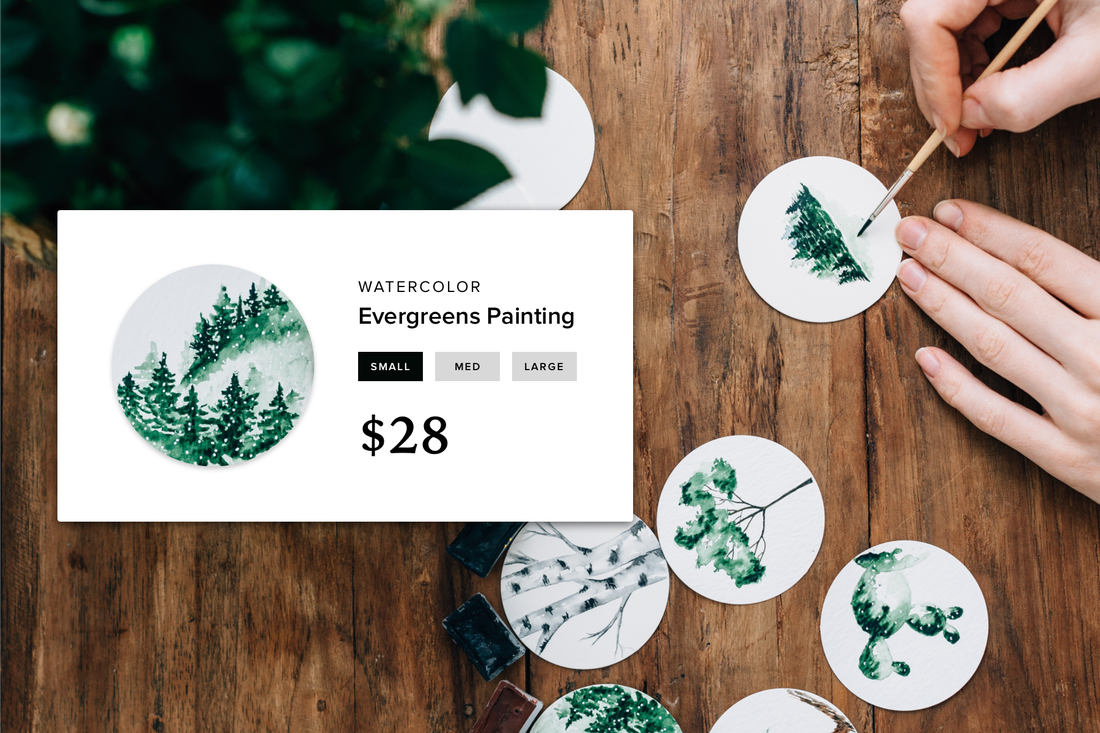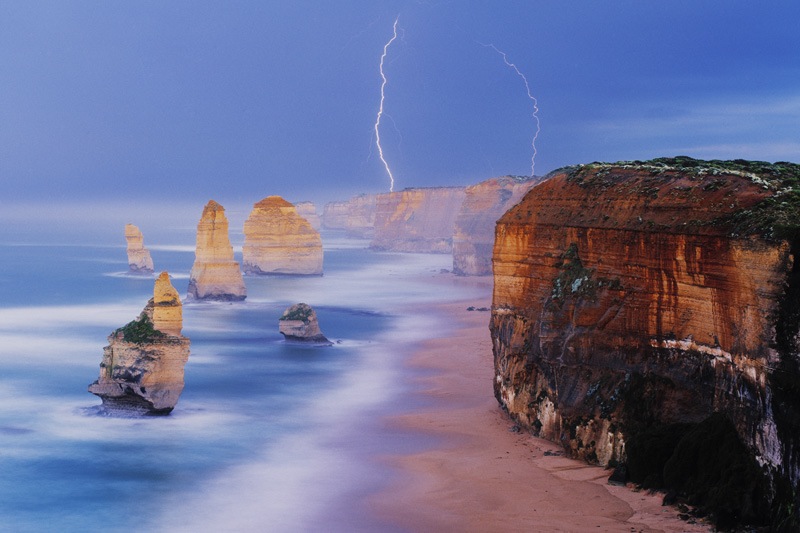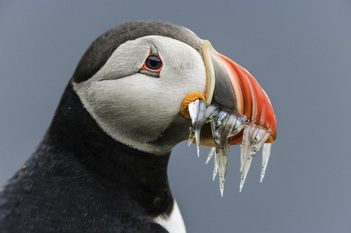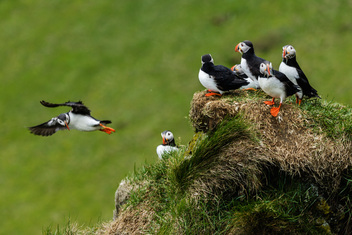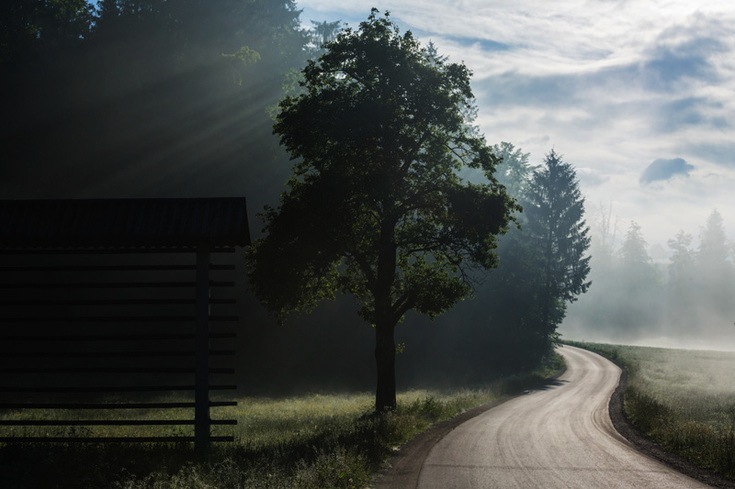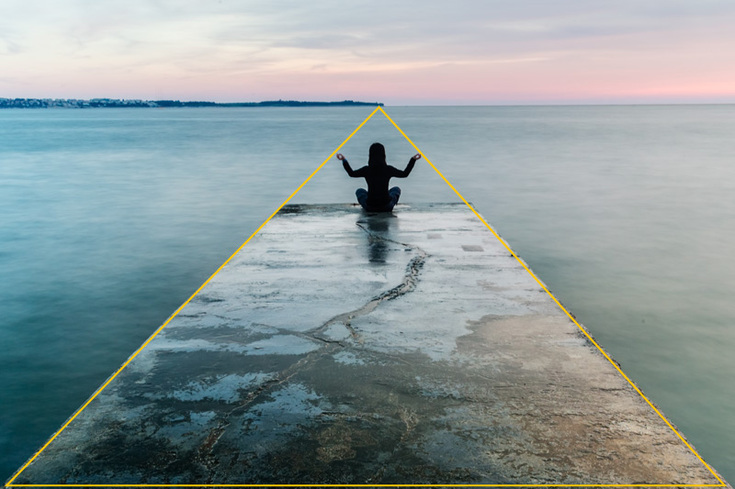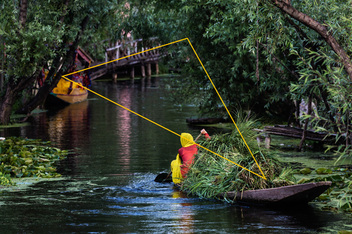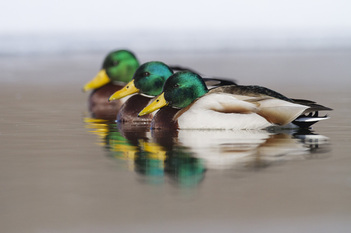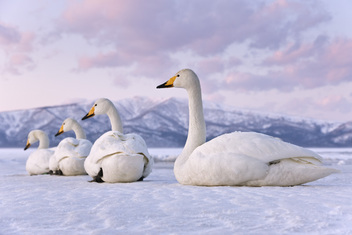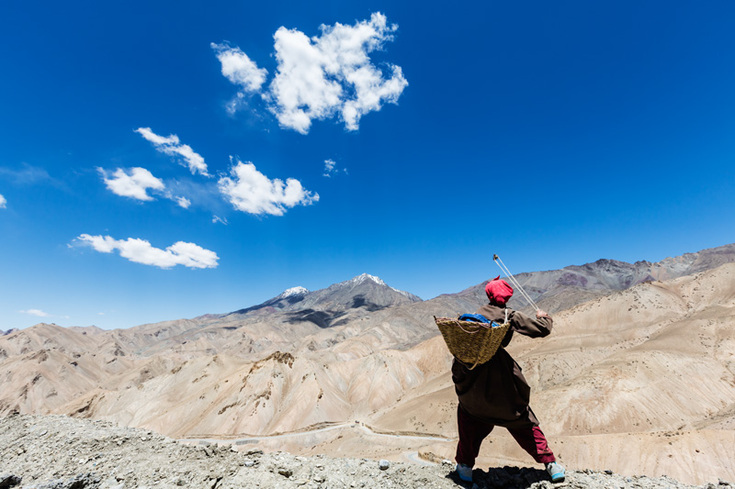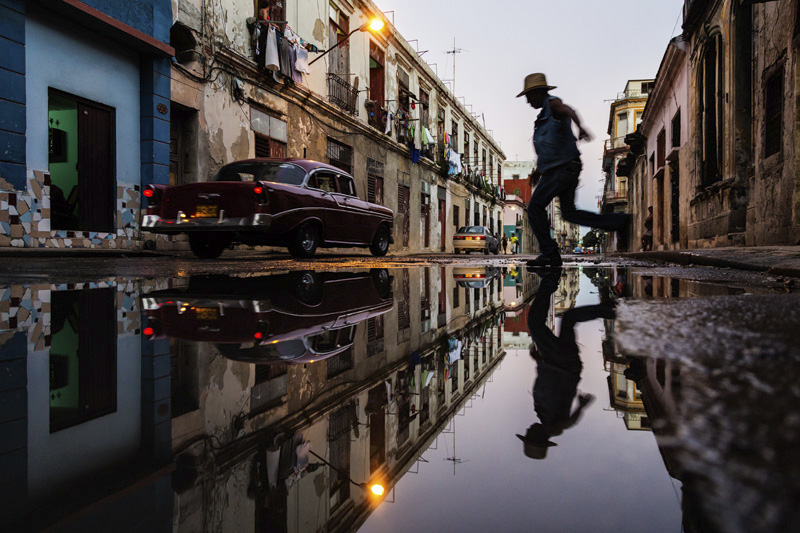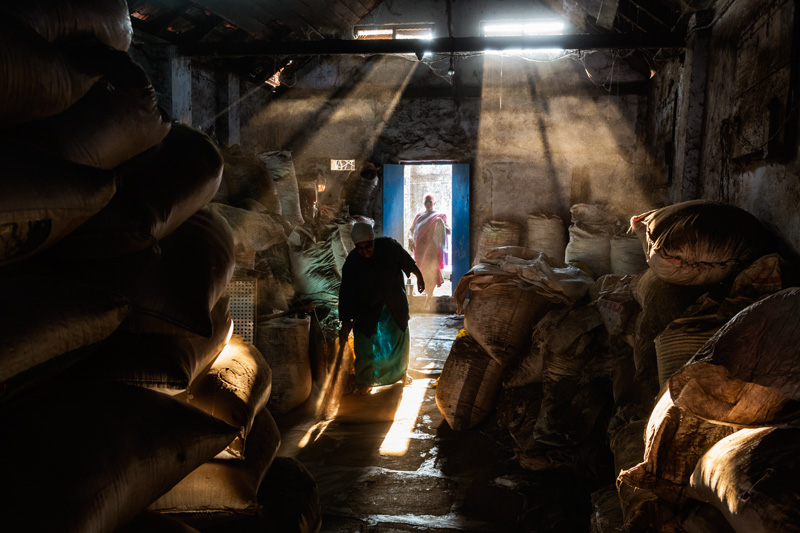This article is Part 2 of Understanding Composition for Better Website Photos, where we first looked at elements of composition that can help make your website photos stand out. Lets continue to explore the ingredients of great photo composition.
Depth of Field, Background Isolation, Lens Choice
The depth of field that you select when taking an image will drastically impact the composition of an image. It can isolate a subject from its background and foreground (when using a shallow depth of field) or it can put the same subject in context by revealing its surroundings with a larger depth of field. This often is a consequence of your lens choice. The portrait of the puffin on the left was photographed with a 600mm lens at f4. This gives you a depth of field of a matter of inches whereas the image on the right was photographed at 235mm at f5.6 which gives you much more depth of field.
Perspective
Perspective
The perspective from which a shot is taken is another element that can have a big impact. Shooting from up high and looking down on a subject, or shooting from below looking up on the same subject drastically impacts not only the ‘look’ of the image, emphasizing different points of interest, angles, textures, shapes etc – but it also impacts the ‘story’ of an image. Both the images above were shot within minutes of each other.
S-Curve
S-Curve
Painters discovered that the inclusion of an s-shaped curve in their composition added a sense of movement to an otherwise static image. The s-shape is aesthetically pleasing and it helps to create a sense of depth in the image.
Triangles
Triangles
Triangles in Photography can be used to create balance or restore order in an image. Triangles can easily be incorporated by simply following the rule of odds or other composition techniques. Triangles pointing away from the camera bring a sense of peace and isolation whereas a triangle pointing towards the camera makes the image more dynamic and builds tension. Most commonly used triangular shapes in an image are converging (left), implied (right) and actual.
Odd Numbers
Odd Numbers
A little known photographic composition is the “Odd Rule”, so called because it states that an odd number of subjects in a composition (or a single subject surrounded by an even number of supporting subjects) appears more pleasing to the eye than an even number of subjects. What do you think? The image of the ducks is more pleasing than the image of the swan?
Negative Space
Negative Space
Negative space can bring a sense of balance to your image. It can strengthen composition, help draw the eye to the subject and give it more power, and it can also add a lot of interest to your shot.
Contrast, Light & Shade, Color
Contrast, Light & Shade, Color
The relationship between light and dark or different colors will add drama to your composition.
Simplicity
Simplicity
To summarize: Simple ideas are stronger. Expressing ideas more simply makes them clearer. Simple composition thus delivers ideas more strongly.
Symmetry
Symmetry
Symmetry refers to a line that splits an object in half and, if the top and bottom or both sides of the image are a mirror image of each other, then they are said to be symmetrical. Symmetry is a powerful tool that lets you automatically create harmony and a sense of aesthetically pleasing balance and proportion in a photograph.
Layers/Depth
Layers/Depth
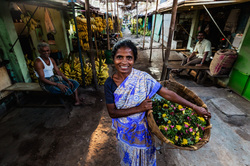
Introducing ‘layers’ into your image will add depth and visual harmony to a two-dimensional image.
Point of View
Point of View
Point of view in photography simply means the position from which the camera sees the scene. Are you looking down on the subject? Are you looking up at the subject? How close are you to the subject? Is there anything between you and the subject? In this case, by standing on a couple of fruit boxes, I was able to show more of the environment without it conflicting with the flower seller.
WOW Factor
WOW Factor
Once in a while we all have an opportunity to photograph something that just makes people go WOW!
 Jeremy Woodhouse Jeremy's award winning photos have appeared in print all over the world. He started PixelChromePhotoTours.com on Weebly
Jeremy Woodhouse Jeremy's award winning photos have appeared in print all over the world. He started PixelChromePhotoTours.com on Weebly


